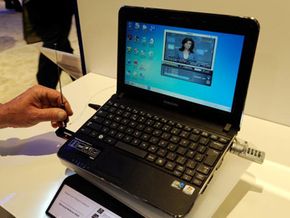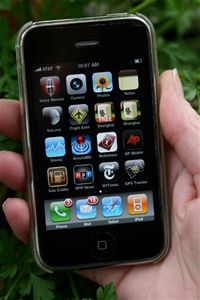There was a time in the not-too-distant past when a corporate drone could escape the endless meetings, conference calls, e-mails and constant management intrusions of office life by the simple act of going home for the day. However, in today's age of smartphones and "anywhere, everywhere" connectivity, escape is futile.
Whether the idea of a mobile office excites you or depresses you, it's undeniable that mobile business communications technology -- gadgets like Blackberrys, iPhones, laptops and netbooks -- greatly improves our productivity. Armed with a fully networked handheld, there's no such thing as downtime. You can edit a PowerPoint presentation in the waiting room of the dentist's office. You can respond to e-mails in the elevator. You can team-edit a document via a conference call while lying in bed (wishing you were asleep).
Advertisement
If you're considering making the move to mobile business communications, you're in good company. Business users are one of the fastest growing market segments for mobile communications technology. IBM predicts the total amount of enterprise mobile users to grow at an annual rate of 21 percent in from 2008 through 2012 [source: Lotus Software]. As mobile devices become more robust and mobile networks get even faster -- we're already seeing the rise of so-called 4G networks boasting average download speeds between 3 and 6 Mbps -- there are few things a desktop PC can do that a handheld can't do [source: Sprint].
A real estate agent with a Blackberry can update online MLS listings from the road, edit a purchase offer and e-mail it to a potential buyer while managing multiple showings in her calendar. A lawyer with an iPhone call track his billable hours while transferring planes at BWI, respond to his client's voicemail message via e-mail, IM, SMS or voice, and conduct some quick research on WestLaw Wireless. A stock portfolio manager can track market fluctuations in real time, receive text alerts to price changes and calm his clients' nerves through cheery e-mails -- all without sacrificing his golf game.
Even with all of their advantages, mobile business gadgets can be intimidating. To get you started on your mobile transition, let's start with a quick primer on mobile business technology.
Advertisement



